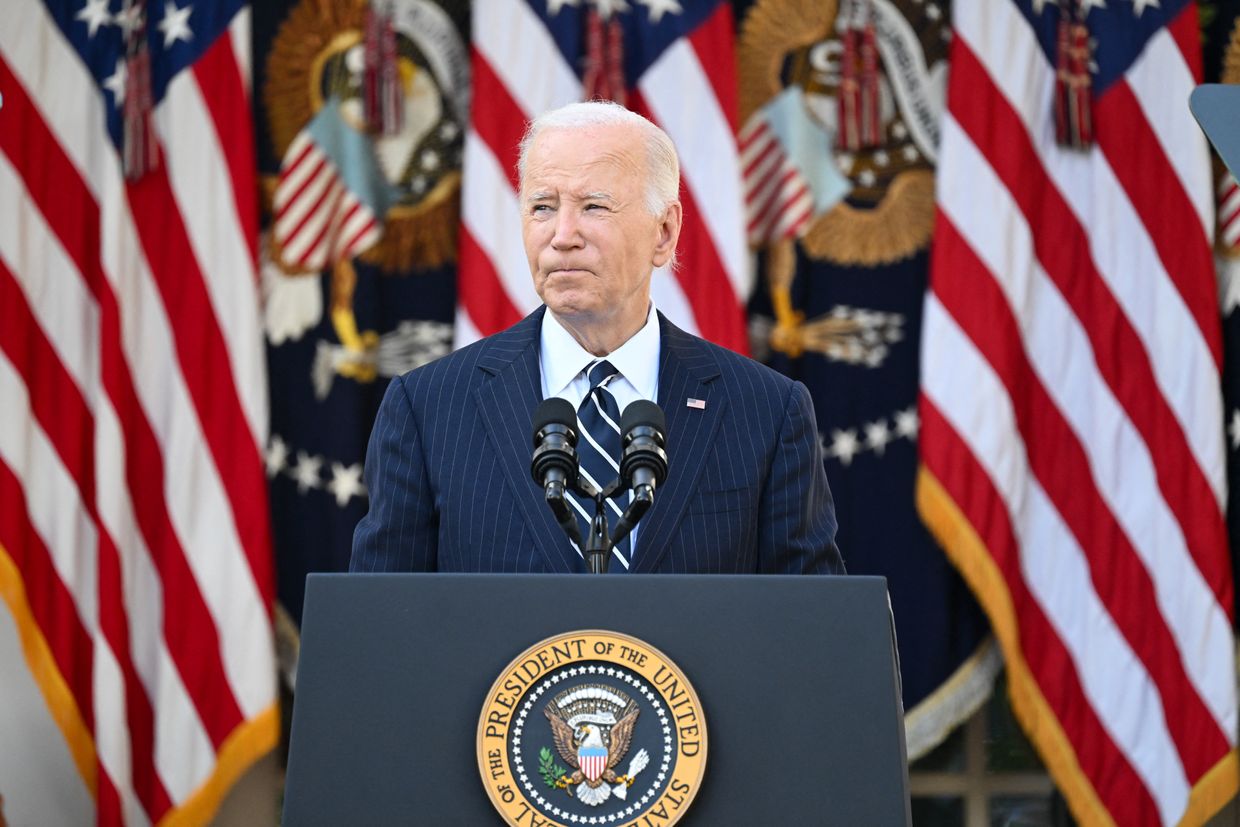
U.S. President Joe Biden this week became a “lame duck,” entering the period between White House administrations traditionally seen as one of waning influence, increasing irrelevance, and menial administrative preparation for the successor.
But it can also be a period of opportunity — relatively unburdened by responsibility and accountability, many lame-duck presidents take advantage of the time to take actions they may not have gotten away with before an election, controversial pardons being one of the most popular.
And as Jessica Berlin, a senior fellow at the Center for European Policy Analysis (CEPA), said in a post on social media after the election result was called, Biden does have an opportunity to be “the least-lame duck in history.”
“Whatever can go to Ukraine needs to go now,” she added.
Donald Trump’s Nov. 5 election victory has triggered fears that U.S. aid to Ukraine might soon draw to a close.
Trump’s comments on Ukraine have emphasized speedy results over long-term support, and he has refrained from saying he wants Ukraine to prevail over Russia.
The handover of power in the White House will be hugely consequential for Ukraine, even if no one can say for sure if those consequences will be positive or negative.
And it comes at possibly one of the most critical periods of the full-scale invasion for Ukraine — Russian forces are making their fastest gains in months, and North Korean troops are deployed in Russia’s Kursk region.
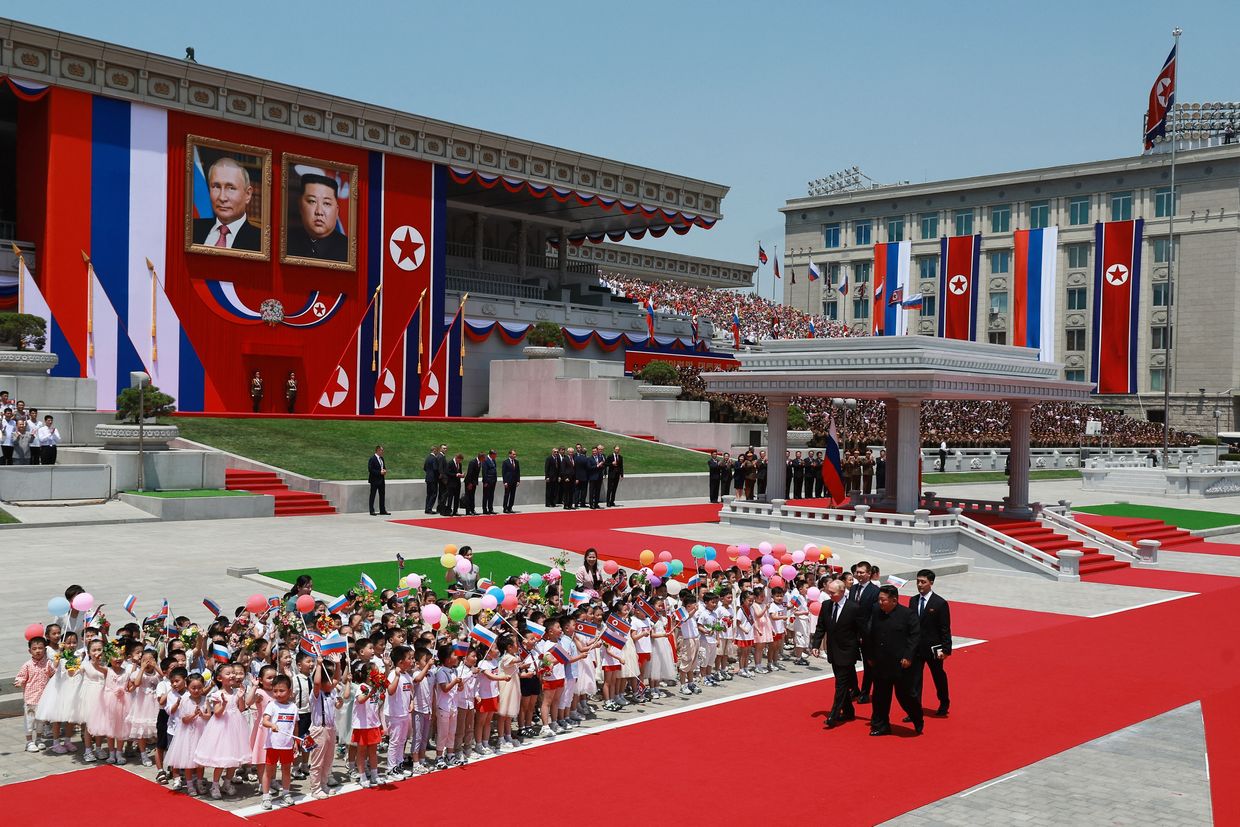
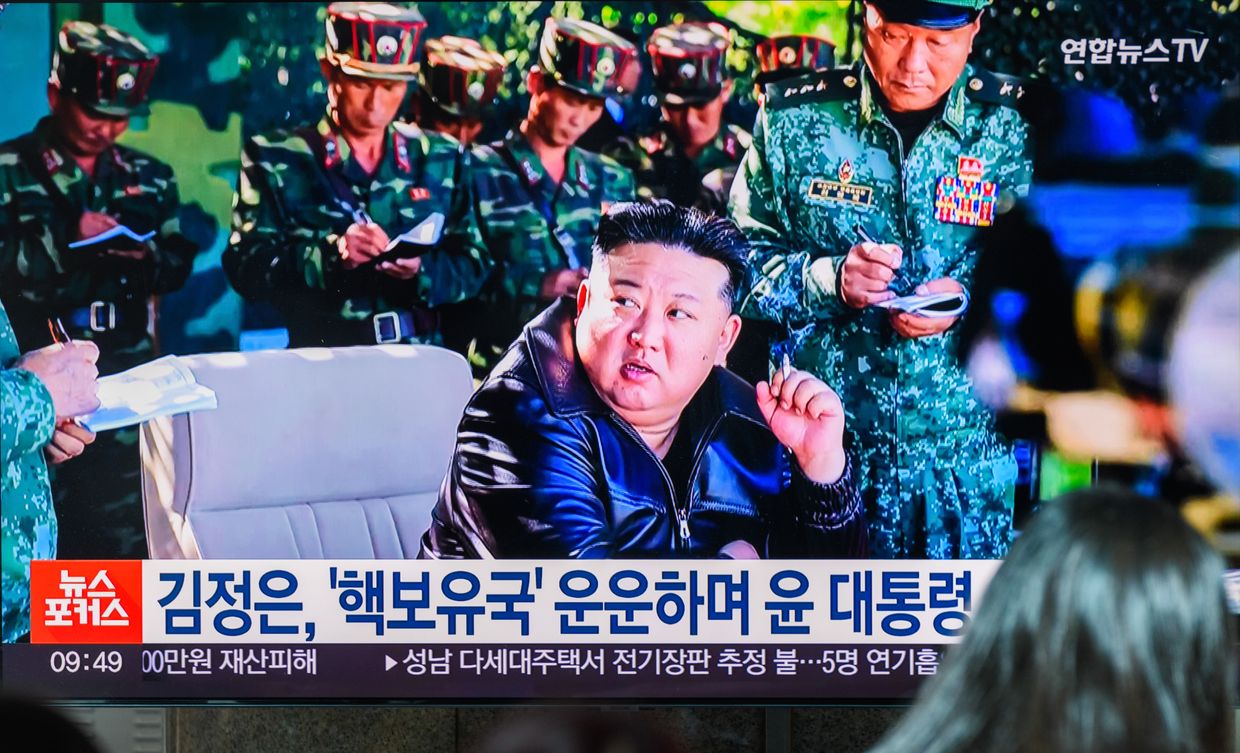
Biden has numerous options on the table, with speculation already mounting over what they could be, and how likely they are to happen.
“There has been some discussion that I’ve heard within the administration about the idea of making a gesture in the direction of Ukraine’s NATO membership, or also about approving the use of long-range weapons (to strike deep inside Russia), something that the Biden administration has denied until now,” Ambassador Kurt Volker, who served as the U.S. special representative for Ukraine negotiations in 2017-2019, told the Kyiv Independent.
But perhaps the most consequential action Biden could take, is the one that has been least discussed.
Seizing Russian assets
“Take the money, and do it now,” Aaron Gasch Burnett, fellow and project manager at Berlin’s Democratic Strategy Initiative, told the Kyiv Independent.
The money Burnett is referring to is the $300 billion in frozen Russian assets that has been sitting mostly in European banks for the majority of the war.
Only in October of this year did the Group of Seven (G7) countries finally agree on a deal that would allow for the interest they’re accumulating to be given to Ukraine in the form of a $50-billion loan to Kyiv, which it is yet to receive.
What Biden could do is simply seize the U.S.-based frozen assets themselves, and give them to Ukraine so it can finance the war itself. There are $5 billion of Russian state assets frozen in the U.S.
“Biden could do this tomorrow if he wanted to,” Burentt said, adding: “The U.S. Repo Act gives him that power.
“If he wanted to, he could just move ahead and declare that these assets are getting seized, or at the very least, the assets that are denominated in American money, an estimated $16 billion, possibly even more.”
Some European countries including France and Germany have resisted such a move, which Burnett said is due to fear of “retaliation and reprisals” from Moscow, with the G7 agreement on loans backed by interest a way to placate all sides.
“It’s basically a magic trick to turn $300 billion into $50 billion because you’re too scared to make the necessary choice,” he adds.
Burnett adds that with an incoming Trump administration, Biden would have a strong argument to get reluctant European nations on board — if Trump cuts aid to Ukraine, the financial burden is going to fall on them, and releasing a big lump sum now would be better than having interest build up over time.
Unsurprisingly, it’s a step that Ukraine is also calling for.
“We think that the U.S. can and should take more steps in this regard to use all of those frozen assets to the fullest extent to support Ukraine,” Heorhii Tykhyi, Foreign Affairs Ministry spokesperson, said in a press briefing on Nov. 7.
“You see, it’s fair, first of all, it’s fair that Russia pays for the damage it has caused. And it’s also a very relevant way to fund the Ukrainian defense from this money.”
“First of all, it’s fair that Russia pays for the damage it has caused.”
There’s also one other benefit this move could have over other possible options — once Ukraine has the money, the process couldn’t be reversed by Trump once he’s in office.
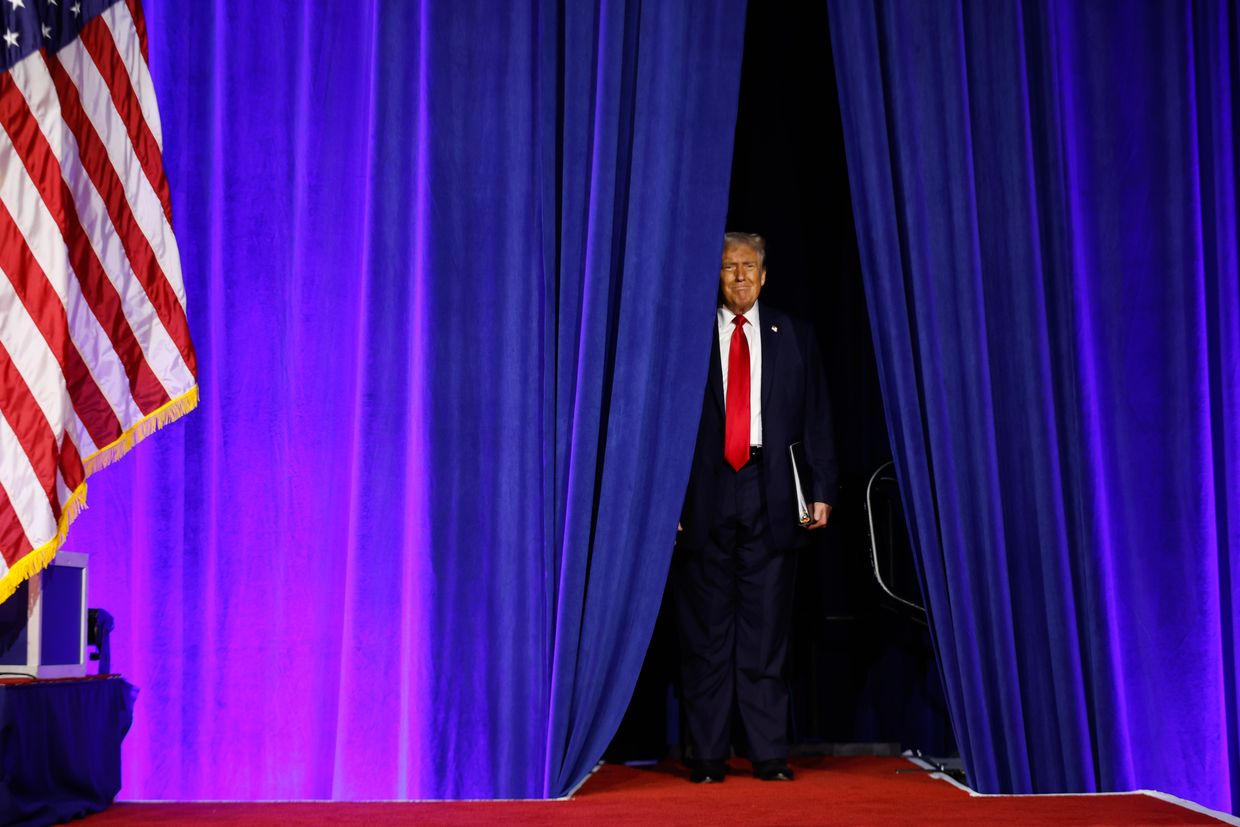
Military aid
The same is true of U.S. military aid, and on Nov. 7 the Pentagon said it was committed to sending Ukraine the full outstanding $6 billion before Trump is inaugurated on Jan. 20.
Ukraine will receive $4 billion under the Presidential Drawdown Authority (PDA), which pulls weapons from U.S. stocks, and $2 billion from the Ukraine Security Assistance Initiative (USAI), Deputy Pentagon Press Secretary Sabrina Singh said at a briefing on Nov. 7.
When asked if the U.S. had enough weapons stockpiled to get shipments to Ukraine before Trump’s inauguration, Singh said Washington was “confident” it could keep its commitments to Kyiv.
“So we’re always constantly backfilling and restocking our shelves. We’re committed to providing Ukraine what it needs and that includes that $4 billion in authority,” she added.
Another option available to Biden could have a significant impact on the battlefield, and even if Trump did reverse it, the knock-on effect could still be beneficial.
Introducing official
merch from the Kyiv Independent
Long-range strikes
Ukrainian President Volodymyr Zelensky’s concerted campaign to get permission to use Western-supplied weapons like the U.S-made ATACMs and the U.K’s Storm Shadows to strike deep inside Russia has, to date, failed.
But that doesn’t mean he’s given up — in his latest call he highlighted how Ukraine could preemptively target “every camp” in Russia where North Korean troops are currently gathering.
This would be on top of some of the airbases from which Russia launches missile attacks against Ukrainian cities.
“I think the Biden administration would be very well advised simply to just drop its objections,” Volker said.
“Just let Ukraine use the weapons we’ve given them. And this can be done quietly, it doesn’t have to be a big announcement. It can be done on a case-by-case basis, if the Biden administration insists,” he added.
“But there’s no justification for allowing Russia to attack Ukraine from anywhere, and to tell Ukraine that they must not strike back.” If Biden did give the green light, it’s almost certain that European countries such as the U.K. would follow suit.
“There’s no justification for allowing Russia to attack Ukraine from anywhere, and to tell Ukraine that they must not strike back.”
Even if Trump reversed the decision when he took office, Burnett said it’s likely Ukraine would still retain permission from the U.K.
“It would look really bad for the Europeans to then withdraw permission alongside Trump if they had already given it under Biden,” he said.
The last option is perhaps the one Ukraine covets the most.
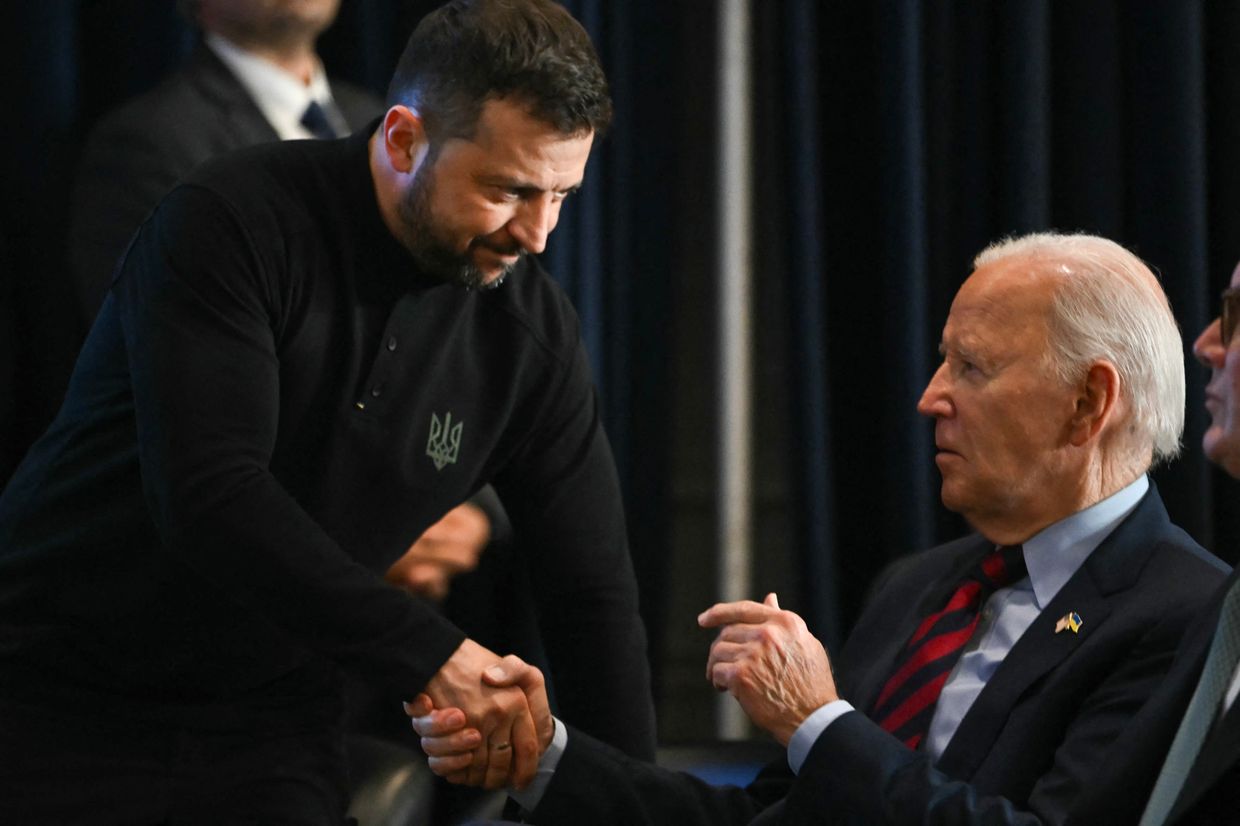
NATO membership
While immediate NATO membership isn’t currently on the table with the war ongoing, there are some steps Biden could take to bring it closer to being a reality.
Kyiv submitted its application to join in September 2022, and in July 2024 the alliance affirmed Ukraine’s “irreversible path to full Euro-Atlantic integration, including NATO membership.”
But Ukraine has yet to receive a timeframe regarding when this will happen.
A report in the Financial Times (FT) last month said Biden may agree to advance the status of Ukraine’s NATO membership bid before leaving office in January, citing an unnamed Western official.
While Volker didn’t specify exactly what the “gesture in the direction of Ukraine’s NATO membership” could be, he cautioned against becoming too optimistic.
“On NATO membership, we have to be very, very careful. You don’t want to put that out prematurely. You don’t want it to be uncoordinated with allies,” he said.
“We had an opportunity to do this leading up to the Washington summit this summer, and we didn’t do it. So to bring it up in the last moments of the Biden administration now does not seem to be the wisest choice. It needs to be better coordinated.”
While the range of options available to Biden and their chances of success varies, according to Burnett they all have one thing in common.
“I can’t really think of anything that Biden could do in the next couple of months that he shouldn’t have already done,” he said.
“That’s my honest assessment.”
